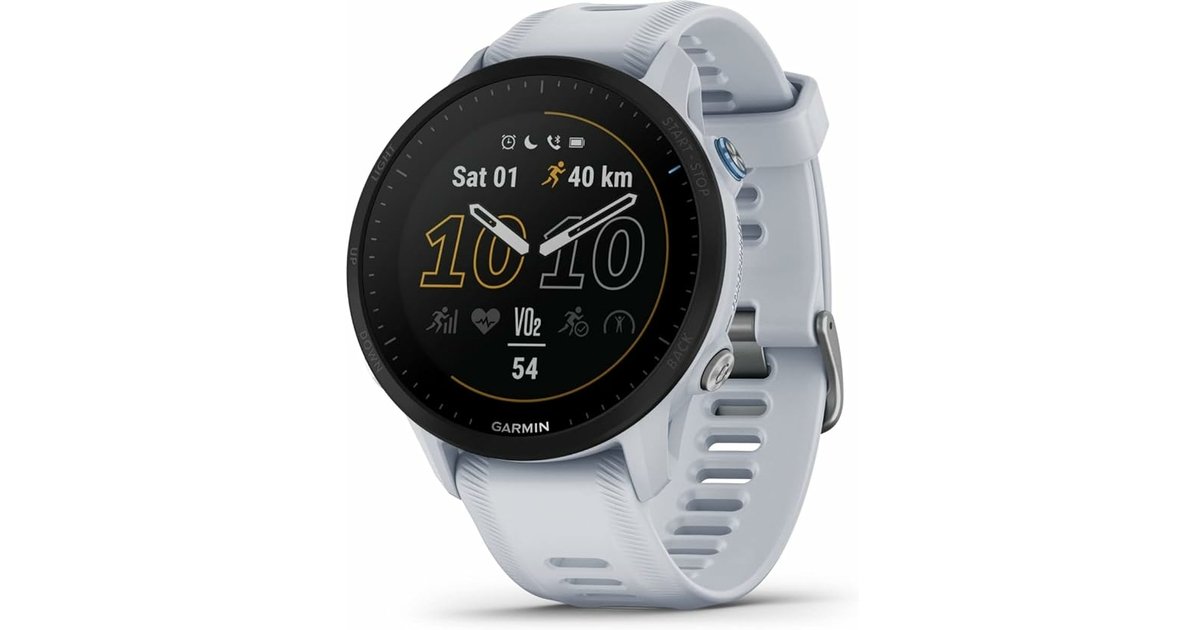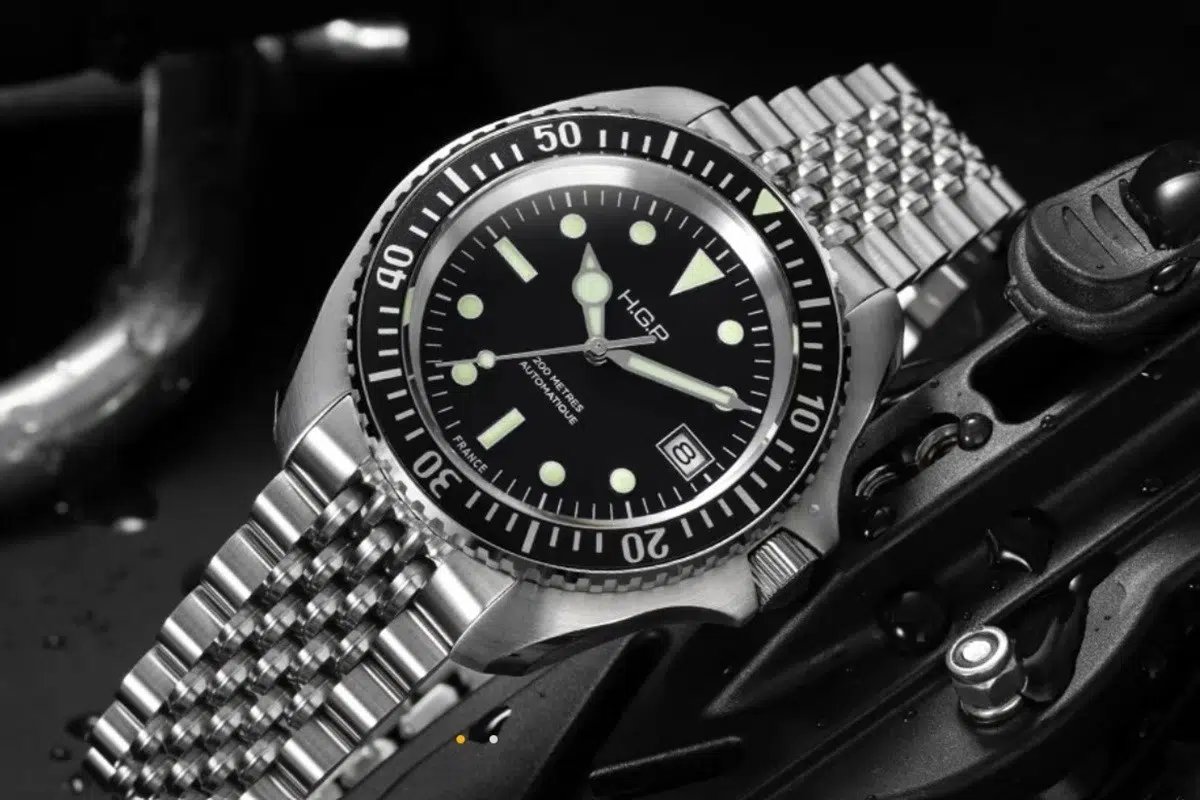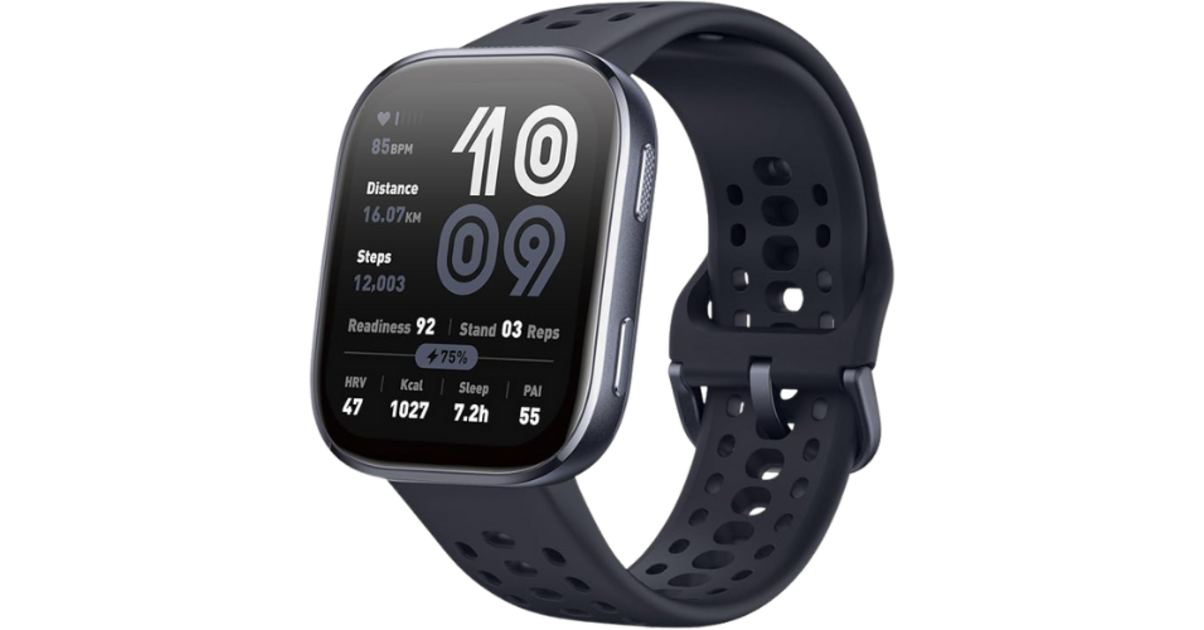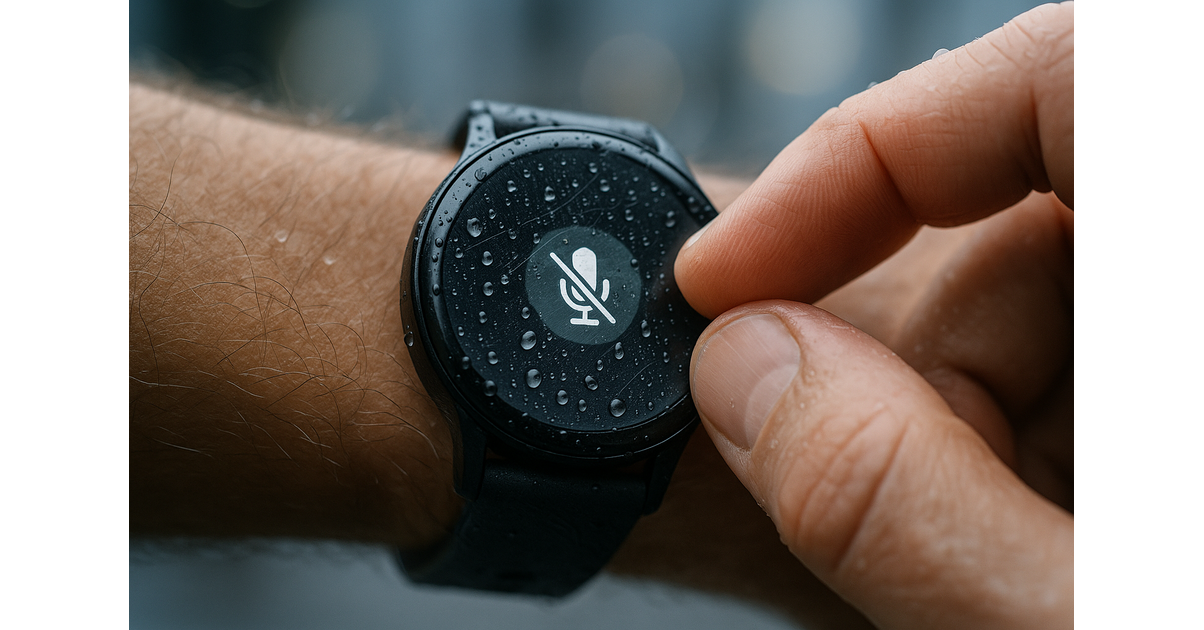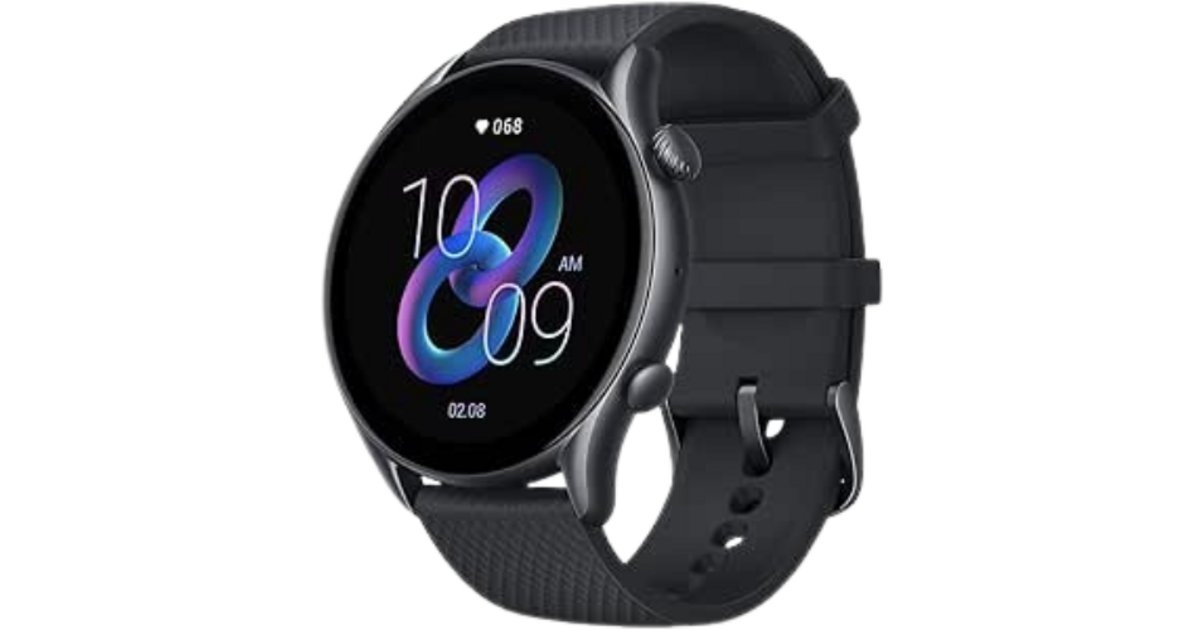Table of Contents
Autonomy and uses: realistic gains, concrete limits
Let’s talk about figures without fetishism. The 955 “classic” is already well in connected watch (notifications, 24/7 heart rate, sleep, HRV). The Solar adds, according to the exhibition, a mattress: a few more days in connected watch over a bright week, a few hours in GPS on long and sunny outings. Not 2 × more. Rather +10 to +30 % in good conditions. It depends. And yes, I simplify.
Concrete scenarios. Summer in the mountains, 6 hours of open -air trail: the needle descends more slowly. Road outing at noon, listed sleeves: the same. Carpet, zwift, crossfit under LED: almost zero. Trivial? Many forget it. And the ecosystem of the watch account: GNSS Multibandes + Carto + Cardio Optique + Bluetooth music, it consumes. The Solar compensates for a part, not everything. If you stack 4 hours in “all frequencies” with carto guidance and headphones, consumption remains high. Normal.
GNSS and Carto: Battery Impact
Multibands improve the traces of urban canyons and conceded valleys, but it costs. Ditto for cartographic guidance, especially if you zoom in, break up, multiply the recalcis. In full sun, the Solar absorbs part of this expense. In dense forest, falling yield. Keep it in mind for the pace management.
Music and external sensors
Local music and Ble/Ant+ sensors (HR belt, bicycle power, footpod) add energy -consuming positions. Here again, the Solar amortizes without overthrowing the table. If your routine is 90 min of threshold with music and belt, you gain a little margin. Not a world.
To frame your choices by land and practice, compare with our selection of the best garmin for the trail: we speak drop, exhibition, forests, not marketing sheets.
Training, comfort, daily serenity
Functionally, nothing changes between 955 and 955 Solar. And that’s fine. What you buy with the Solar is tranquility. Fewer training chargers. Less from “I am 12 %: I give up the route”. You keep your habits: night variability, training readiness upon waking, controlled training load, pacepto, climbpro, race dynamics, multisport profiles … with a gauge that descends more slowly when the sky cooperates.
“Daily daily” profiles (early swimming, midday cycling, evening jog): clear interest. Between the blocks, the watch is getting healthy on your journey. Not spectacular. Enough not to fall into a harbor before the evening PPG. And on the port side, the 955 remains light for a carto watch: flexible bracelet, case that disappears under a sleeve, stable optical sensor. You do not “see” the Solar in the race; You notice it in the evening, when you did not look for the cable.
If your hesitation is more about the Fenix template versus the lightness Forerunner, read our Fenix vs Forerunner analysis for the trail to avoid the bad surprise on the wrist.
Buy smart: Type profile, budget, recap ‘
For whom solar makes sense
Trailers, hikers, outdoor cyclists, triathletes. Regular exposure, long beaches on the wrist, sessions guided by cards. Solar fluidifies the experience. Pros and diligent that trained (and train) much: less mental battery load, more continuity. Vanlife, trips, bivouacs: access to limited socket, autonomy spread over 3–4 days of activity. There, yes.
When to avoid solar
Mainly indoor training, gray climate, little generous latitude in winter: low profit. Tight budget: the price difference is better a precise HR belt or a footpod, which directly improve the quality of your data. Obsession “Music + Multibands + Carto + strong backlight”: Solar partially compensates, not completely. Nothing magical. This is a false good idea.
Purchasing experience
Test your habits. A typical week. If 70 % of your sessions go outside in the middle of the day or late afternoon, solar smooth your load schedule. If you run very soon/later, in the forest, and do the rest in the dining room, the interest falls. Ask yourself when you connect your watch today. If it’s “always in the evening”, the Solar changes your life little. If it is “when I can”, it relieves.
Also compare your cable tolerance. Some ritualize a fixed load (Sunday evening). Others suffer it. Two profiles, two answers. On the resale side, the Solar versions hold out when a new generation arrives. Interesting if you turn often. Last practical detail: Keep a short covered cable in your bag. Yes, even with the Solar. Rain all week, GNSS Multi + Carto Gourmands, unexpected session … it happens.
Summary
- Even shows, more endurance when there is light.
- Realist gains: a few days in connected watch, a few hours in GPS. No miracle.
- Strong interest in regular outdoor (trail, hiking, bicycle, sorting). Low interest in indoor/gray winter.
- No exclusive function: the Solar buys serenity, not menus.
- Price difference often € 50–100: to arbitrate according to your practice.
- If you load serenely once a week: Non-Solar is enough. If you juggle the socket: Relevant Solar.
